Personal Note: This is in no way a jab at anyone currently running Halo esports, because you all seem swell. This is a fresh idea that I’m proposing, and seeing if the community feels that this is a decent enough plan.
When I saw that there is going to be an Esports Minor League coming to Halo starting this November, I was floored. Much like League of Legends, Call of Duty, SMITE, and other esports, there is going to be a true minor league circuit where semi-pro teams can compete with similarly skilled semi-pro sides.
The open circuit does allow for these semi-pro sides to meet, as well as amateur sides with promising futures, but there is still a (albeit small) skill gap between these semi-pro and amateur sides that displays a great amount of talent in Halo.
This definitely prompts a second tier of professional play to be established, and the Esports Minor League will fill that niche. However, in looking at the league, which has similarities to the current pro league, there is unfortunately no path yet for a team to go from this league to the pros.
In football/soccer leagues around the world, the concept of relegation and promotion drives competition and theoretically allows a semi-pro or amateur side to compete with dynasties. Although this is seen so far in the path from open circuit to pro league, it does not seem as beneficial to those wishing to break into the pro league in the current state of Halo competitive.
That is why I advocate for this minor league not only to be recognized as the second tier to professional Halo, but for the structure of competitive Halo to change so that there is still security for top esports sides, while still giving opportunity to rising stars.
With that said, I also advocate for an expansion of all tiers. The rise of esports teams like 3sUp, Most Wanted, Contagious and SyA proves that some of these sides deserve to be a part of professional play, and there is enough talent in Halo to fuel two 12 team leagues along with a competitive open circuit.
Here is how they can do that:
Tier 1: HCS Pro League
The pro league currently sits as the top tier of Halo professional play, and it should be treated as such.
Twelve of the best teams in Halo would compete in 22 games over 11 weeks of play, held three days a week with four matches per day. This guarentees that each team will play twice over three days of play each week.
Furthermore, this league should receive the majority of funding, as professional teams should be expected to play in every sanctioned LAN and online event while being paid well for their performance.
Championship/Relegation:
The top four sides would compete for the season finals trophy, where the winner gets a nice payout and a qualification spot for the World Championship.
The middle four sides (fifth through eighth) would have their season end on the last week, with no championship or relegation tournament to play in.
As for the bottom four sides, they should compete in a round robin tournament with the top four teams from the Esports Minor League. Having a single tournament to decide the top two teams seems unfair, both for the pro sides and semi-pro sides, as one bad day of games could seriously screw with the talent level of the tiers. Holding this over two to three seperate days should fix this issue, as it would prove that a team is truly better than their opposition.
Tier 2: Esports Minor League
Twelve semi-pro teams in Halo would compete in 22 games over 11 weeks of play, much like the pro league.
It would pretty much be a similar structure to this league right down to the ruleset, save for less prize money in order to encourage sides to promote themselves to a higher tier.
Promotion/Relegation:
The top four teams from this side would compete in a round robin tournament against the bottom two sides of the pro league.
Teams ranked fifth through eighth would hold their position, and would not compete in any postseason play.
The final four teams would compete in a round robin tournament with the top four open circuit sides from their promotion tournament.
Tier 3: HCS Open Circuit
The cup system currently in place by the Pro Gaming League works perfectly. On weekends that do not have midseason LAN events, this gives a golden opportunity for amateur sides to compete against an open field on Saturdays, and, if they are good enough, a tighter group of talented amateur sides on Sundays.
There should be eight open/challenger cups throughout the season, and the open circuit should start it’s promotion tournaments before the other two tiers.
I would not change the point system here, although for the sake of this new system, there would be a bit of a difference in the promotion of teams.
Promotion:
The top four teams from a promotion tournament would qualify to play the bottom four minor league teams in a round robin tournament.
Here is how the promotion tournament, a two stage tournament, would be structured
- The eight Legendary Cup winners automatically qualify.
- The top two teams from that season’s LAN event also qualify. If a team won a Legendary Cup event and is one of the top two teams from that LAN event, this spot is filled by the next open circuit team that placed in the LAN event, continuing until a team is found.
- The top four teams in terms of open circuit points, who do not qualify for the above, will be seeded next.
- The final two are decided by one last open tournament, held a week before this event, as a last chance qualifier. A 64-team single elimination tournament would be seeded by point totals, then by overall record.
In the first stage, all 16 teams would be placed in four groups via pools (much like the Champions/Europa League selection). The first two selections for each group would be made with only Legendary Cup winners, and the final two would be picked among the remaining teams.
Each team would play each other in one series. The top two teams from each group would move on to the next stage. The third place teams would start in the losers bracket of the next stage, and the bottom team in each group would drop out.
In the second stage, a double-elimination tournament, the top four sides will move on to the promotion tournament.
General Notes:
The most important thing when it comes to these three tiers is that they communicate often for rules and player changes. First, if the player council decides to remove radar, automatic weapons, etc., then that change needs to be reflected across the board in order for consistancy.
Furthermore, players should not be allowed to move from a team on tier two to a tier one team in the middle of a season, and the roster lock periods should be universal between all league. The leagues should also work together to allow players to be traded from tier to tier, and also to mandate the trade deadline to avoid a team disbanding midseason.
It would be tough to also use this structure across all regions. This would fit well for the North American circuit, but it may take some time to bring this over to the EU and the Oceanic regions. However, it would be best to make the path to pros in these regions homogeneous so that one region does not have a harder time making it to a worldwide event.
Finally, this would also open up the question of events that use multiple tiers, such as a World Championships or midseason LANs. Here is the method that may work the best when dealing with those two items:
Midseason LANs (I.e. HCS Orange County, Las Vegas, Butte, Montana):
Like the FA Cup in England, these LANs give an opportunity for amateur and semi-pro sides to face pro talent, without waiting for the end of the season for a promotion/relegation tournament.
Holding two midseason LAN events could work in theory, but they would have to be scheduled to fit all three tiers and may be a tight fit with scheduling. Furthermore, some pros chose not to even go to HCS Orange County, and splitting up prize money funding between two events can deter players.
One event, held in a different region (East, South, Midwest) for each season, would be the happiest medium for players and fans, giving the players a better prize pool rather than split over two events, and fans would have an opportunity to still see them compete in LAN play.
The LAN schedule would be as follows:
Friday – Open Circuit tournament (64 teams, top four teams qualify for next stage), Minor League seeding tournament (preliminary seeds done by midseason rankings, with top four teams getting first round byes).
Saturday – Open Circuit/Minor League tournament (top four teams qualify for next stage), Pro League seeding tournament (preliminary seeds done by midseason rankings, with top four teams getting first round byes).
Sunday – Championship Sunday tournament
Open circuit points would be given out during the open circuit tournaments in order of seeding, and would be similar to that of the Legendary Cups. Prize money would be distributed starting at the Saturday stage. The winner of this LAN would get an automatic spot in the World Championship.
Halo World Championship:
Without question, this should be where the year’s competition ends and the largest cash prize should be given out, as it would bring together the best teams from around the world, regardless of region or tier.
If the midseason LANs are the FA Cup, this should be the World Cup of Halo. It should be held at the end of the year after all three seasons are played, and out West, where the headquarters for 343 and ESL are.
(For the sake of a perfect world, we’ll treat every region, NA/EU/OC, as a three tiered, three LAN region)
Qualification would be done as follows:
- The winner of the pro league for each region in each season automatically qualify for the tournament itself (nine spots).
- The remaining seven spots will be determined via a round robin super league before the event, with the top seven teams qualifying. The teams will be comprised of the following:
- The winners of each open LAN event automatically qualify. If the winner is also a pro league champion, or won mulitple events, the spot would be given to the next placed team, continuing until there is a team not yet qualified for this tournament (nine spots).
- The final three spots will be a wild card via a last-chance tournament in each region. There will be 32 seeds in this tournament, with priority for seeding going to any team who was in the pro league during any season for that year, then the same for the minor league, then open circuit teams by open circuit points earned across all seasons (three spots).
For the event itself, it would be a two stage event. Stage one will be group play, with the last team in each group kicked out, and the third place teams automatically dropping to the losers bracket of the stage two tournament. Stage two would be a double-elimination event.
Technically, this would be a four week event in California, with the first two weeks being the round robin super league.
Scheduling:
In terms of scheduling, there should be three seasons of play (33 weeks), along with three weeks blocked out for open LAN events (making it 36 weeks), two weeks for playoffs for each season (42 weeks), a two week break between each season (48 weeks), a two week break/qualification period for the Halo World Championship (50 weeks) and two weeks for the Halo World Championship (52 weeks).
For each tier, Tiers 1 and 2 would have two weeks for open transfers. Weeks one through six would have the regular season, with the one transfer rule in effect and the deadline being at the beginning of week six. Week seven would be the open LAN for that season, while weeks eight through 12 would be the last weeks of the regular season. Weeks 13 and 14 would be for the championship and promotion/relegation tournaments.
Meanwhile for the open circuit, two weeks would still be set for open transfer, and weeks one through six would be for six cup tournaments. Week seven would see open sides going to the LAN event, while weeks eight and nine will be the final two cups for that season.
This leaves weeks 10 through 12 as the last chance qualifier and promotion qualifier tournament weeks. Week 13 and 14 would then be for the promotion/relegation tournament.
How do you think Halo competitive should be structured for the future? Or if you like this method, what could make it better?
Let us know in the comments below and for all your Halo and general esports updates, make sure you are following us on Twitter, @GAMURScom.
James Mattone is a journalist for GAMURS and can be contacted by email at [email protected] or on Twitter –@TheJamesMattone.



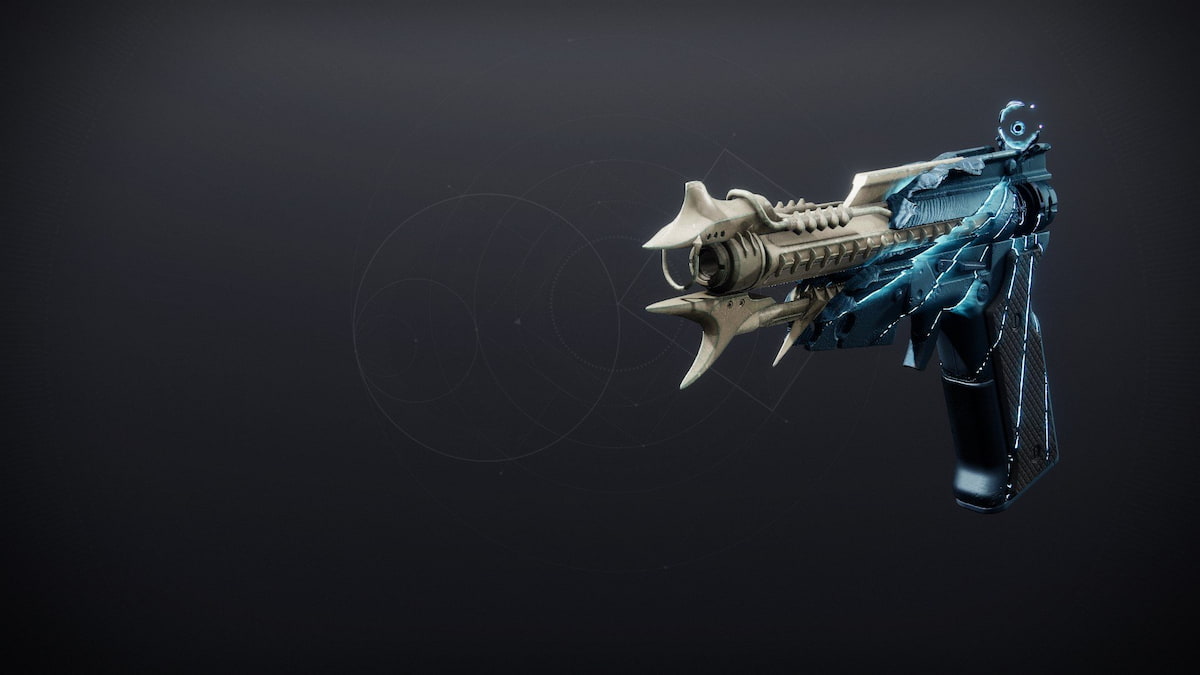
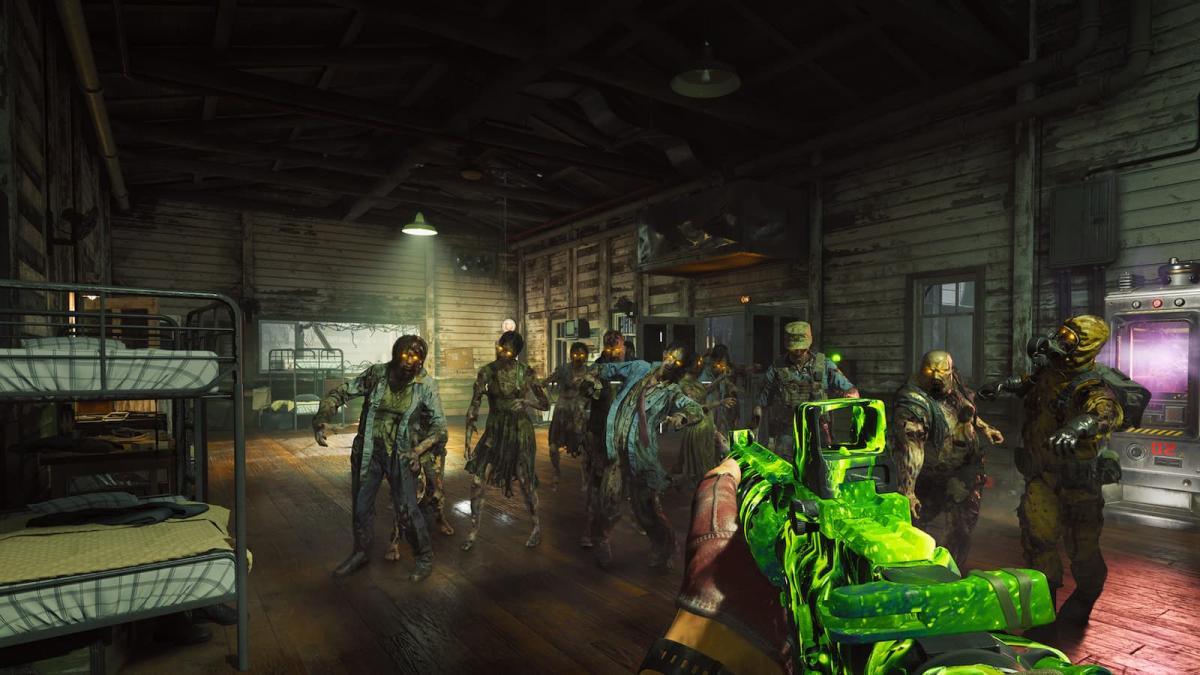
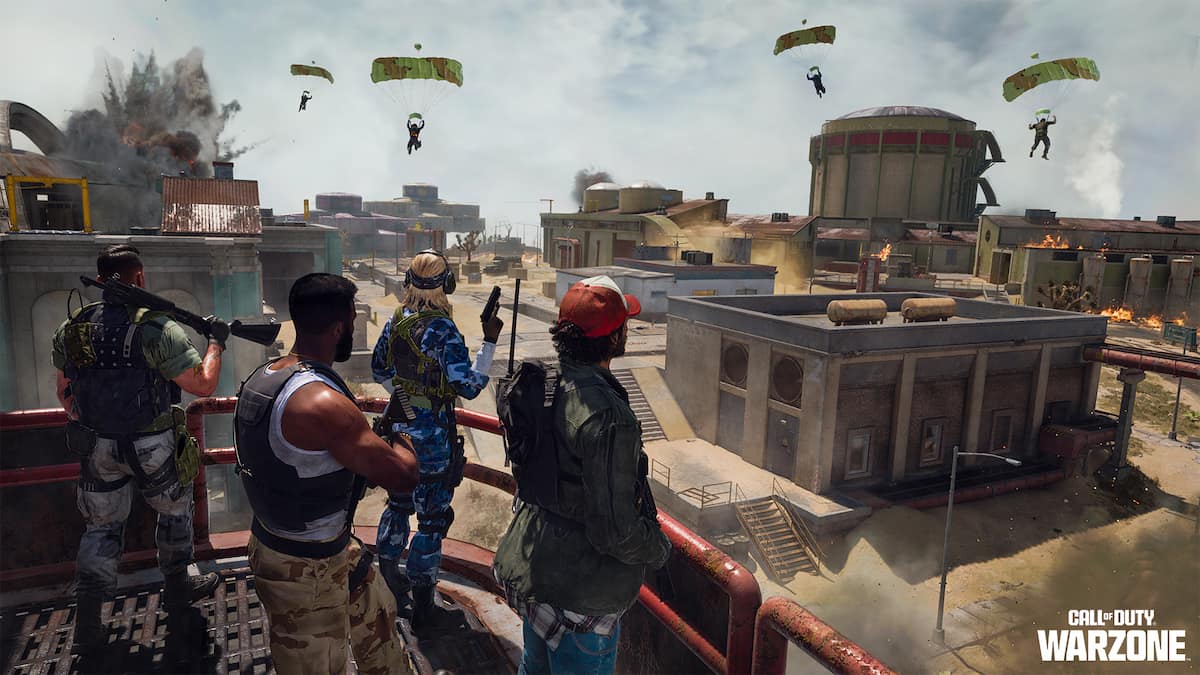
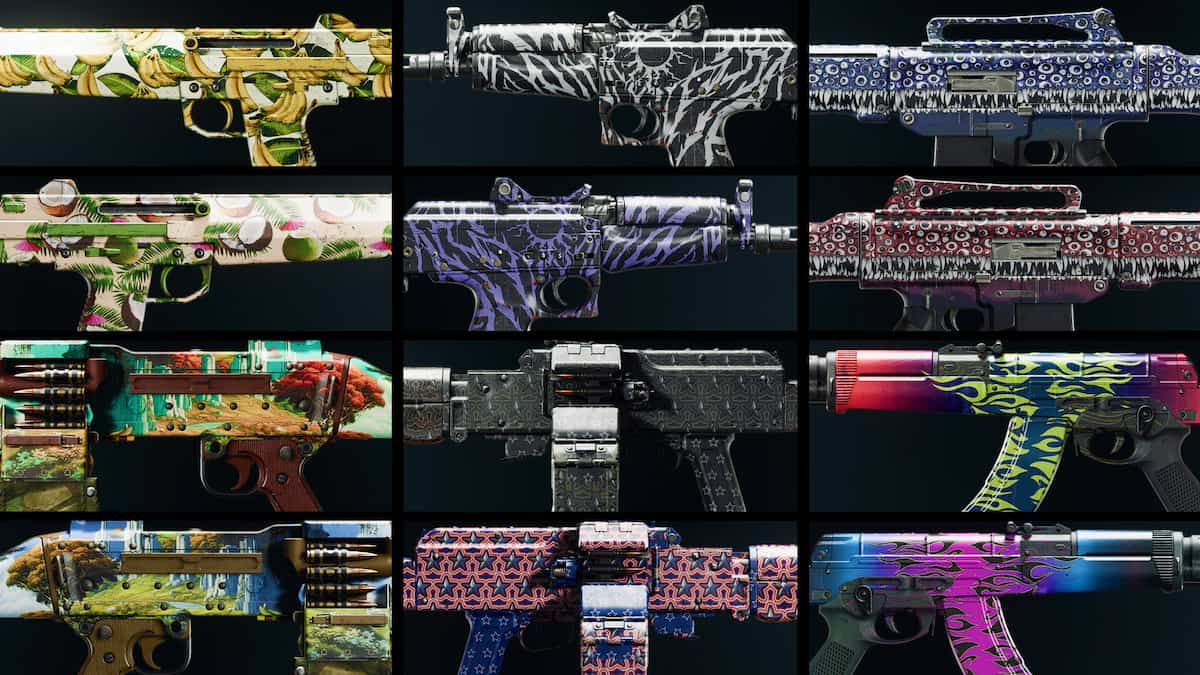

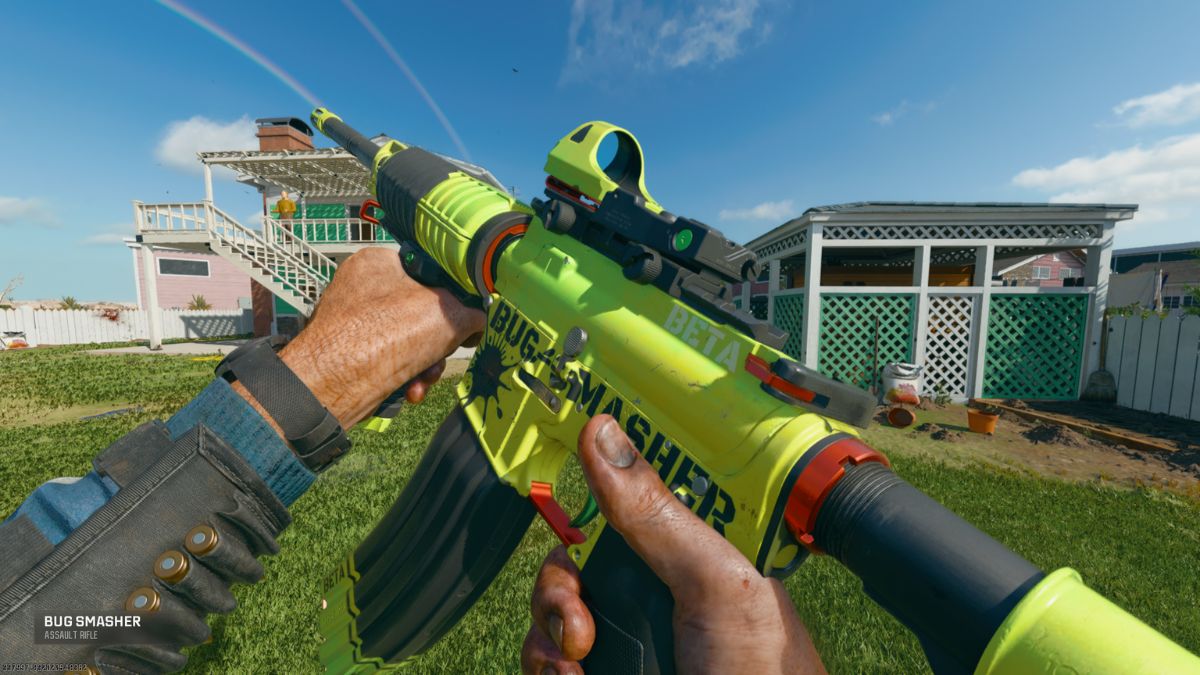


Published: Oct 26, 2016 11:48 am